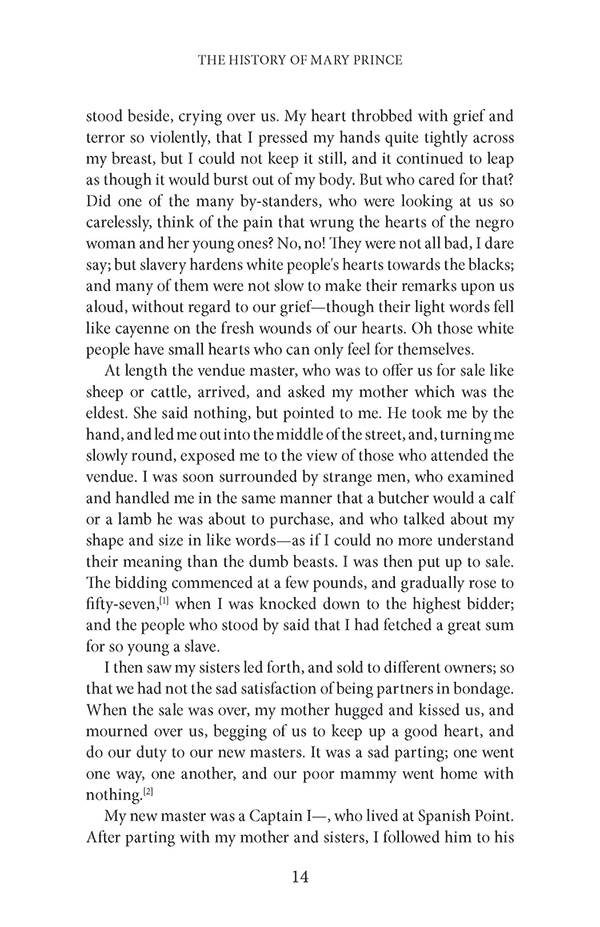
The new legislation only prevented British ships from entering the slave trade. Even after the Abolition of the Slave Trade Act 1807, slavery was not abolished as a status.

Gilbert (1783) (the Zong Case) confirmed that outside of England, slaves remained insurable property.

In The Slave Grace (1827), Lord Stowell had held that once a slave returned to slave territory, she lost the limited status achieved in England. In addition, Mary would lose her new status if she returned to her husband in the colonies. James Woods wrote Mary Prince a bad character reference when she left his employment, making it difficult for her to find work elsewhere. However, people like Mary Prince, who could no longer be enslaved in Britain, but who did not have the means to support themselves without their ‘masters’, could effectively be controlled by them. This also meant that a slave’s master could not compel them to return to slavery in the colonies. Famously in Somerset’s Case in 1772 Lord Mansfield had held that there was no positive law in England permitting slavery. In Smith v Brown and Cooper (1705), Chief Justice Holt ruled that “as soon as a negro comes into England, he becomes free: one may be a villein in England, but not a slave.” Slave owners like Woods who brought their slaves with them to England retained the right to their services, but did not own them as property. In England, her freed status was less certain. Nevertheless, when it was published, the public were shocked by Prince’s accounts of flagellation of pregnant slaves, and of her own experience of savage beatings at the hands of her owners. Strickland omitted Mary Prince’s accounts of sexual exploitation before her marriage from the narrative.

Susanna Strickland wrote her life narrative, The History of Mary Prince, A West Indian Slave, Related by Herself. After three months of further abuse, Prince left Woods’ household, and sought refuge in the house of her new employer, the abolitionist, Thomas Pringle in 1831. This marriage angered her abusive fifth master John Woods and his wife. She married Daniel James, a slave who had bought his freedom, in 1826. Mary and her siblings were raised by her mother until she was twelve, when she was sold for £38 to a new master. Mary Prince was born into slavery in Brackish Pond, Bermuda in 1788.


 0 kommentar(er)
0 kommentar(er)
